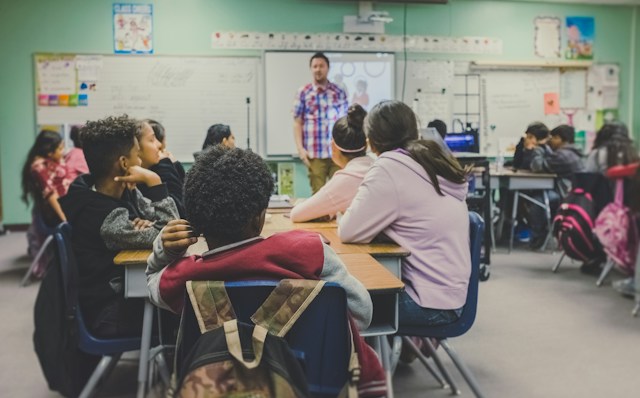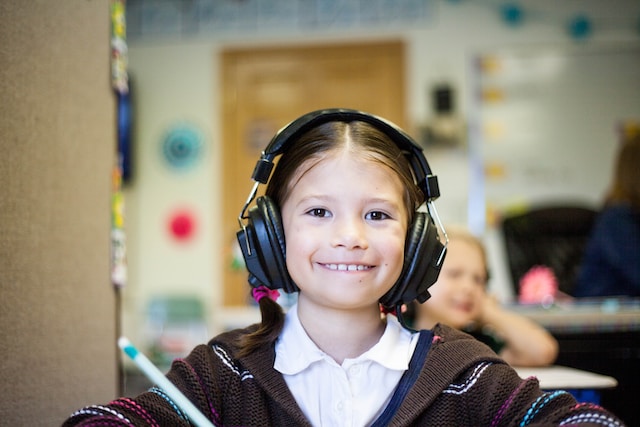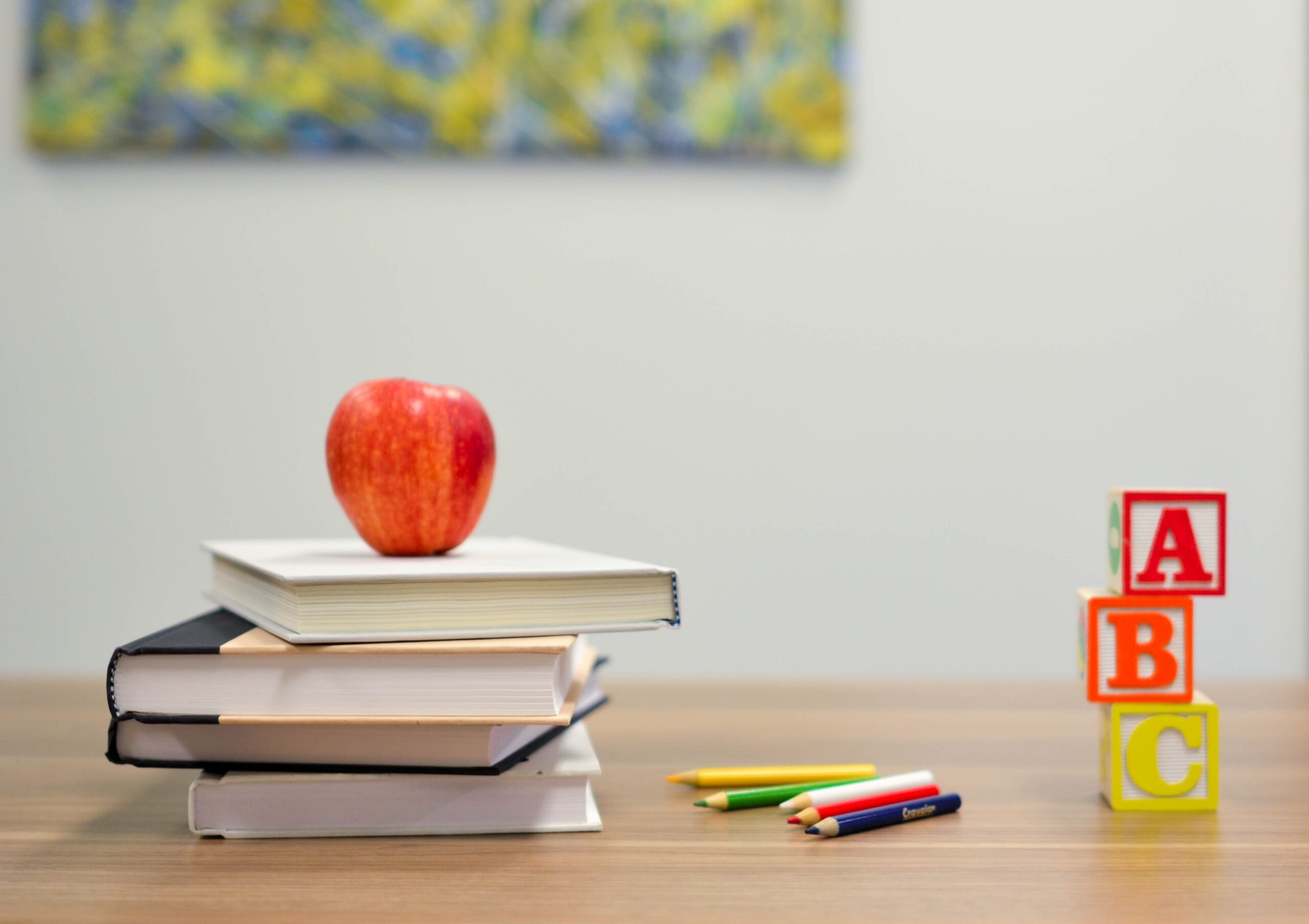Classroom distractions are as old as classrooms themselves, and minimizing classroom distractions has been the bane of teachers’ existence for as long as every teacher can remember. It’s simply inherent with the territory — reigning in a child’s active imagination or their “ants in the pants” is a timeless ritual in the teaching profession.
There are, however, a few best practices for teachers, principals, and even curriculum designers to take into consideration to more effectively minimize classroom distractions. This post will cover some of the most easily deployed.
Develop Lesson Plans for Every School Day
The investment you make in creating lesson plans will pay repeated dividends during your school day! Resist temptations to just “wing it.”
Prepare your lesson plans with a “run of show” flow and what happens when and for how long. Ensure your classwork directions are clear and understandable, and divide your lesson activities into smaller, more manageable subunits. Post all instructions/directions where all students can view them to avoid time-consuming misinterpretations and/or repeating. Those delays for “rework” open windows for student minds to wander!

Accommodate Different Learning Styles
As you likely know, there are three primary learning styles:
1. Visual
2. Auditory
3. Kinesthetic or tactile
Incorporating all three learning styles in your lesson plans not only allows you to effectively reach—and teach— every student, but the changes in your teaching modalities serve a secondary purpose, breaking your class lesson into distinctive segments. Transitioning from one segment and modality to another affords the entire class an opportunity to reset and refocus.
Create Seating Arrangements with Purpose and Intent
The configuration of your classroom is much more than aesthetic design. Toss the harmonizing feng shui principles out the windows and organize your classroom around students and your collective desired learning outcomes.
Studies show classroom seating arrangements affect participation and performance in the classroom. As such, seating layouts also affect students’ propensity to be unnecessarily distracted. There is, however, no singular “right way” to set up your classroom. Rather, ideal seating arrangements are dependent on lesson activities and exercises.
Hopefully, your classrooms can accommodate changes to seating layouts as your lessons require, allowing you to switch from a traditional layout of rows and columns to pods for small group activities, for example.
Deploy the Right EdTech Solutions for Your Learning Objectives
Technology-enabled classrooms expose themselves to additional potential distractions. Connected devices like notebook computers open students to an almost unlimited world of educational resources … and deep internet “rabbit holes” of distracting content. Most every school district deploys web content filters to be compliant with federal legislation, and those tools are great for blocking access to distractions, particularly social media sites.
However, legitimate, non-blocked sites can still pose distractions if they are used off-task with the lesson plan and assignments. It’s there where classroom management software comes into play. Classroom management software gives teachers the ability to view, monitor, and control their students’ digital learning and technology device activity. Software solutions deliver teachers a centralized view of students’ device screens and the ability to close unrelated tabs or take similar actions.

Balance Technology Use with Genuine Human-to-Human Connections
Technology in the classroom is fantastic … when used appropriately. Connected devices allow access to innumerable jewels of instructional and educational content, in addition to the aforementioned rabbit holes of distractions. However, overuse of technology, even when used for educational content, can be both isolating and mundanely repetitive. And, as experienced teachers know, idle minds are the distraction devil’s workshop.
Balance tech use with good old classroom discussion, in both large and small groups, to foster genuine personal connections. Involve your students in your lessons, encouraging them to take active, participative roles.
Schedule Breaks
We all need moments to recharge, and students are certainly no exception. According to an often-cited 2021 study, short breaks are critical to level-set cognitive and psychological conditions for effective learning.
Breaks can be worked into your lesson plans as you transition from activity to activity. For example, you can start with a large group discussion with the entire class. Then, you can break into small groups, perhaps even allowing students to get up and move their desks/tables into small pods. Presto—a built in short break!
Establish Expectations and Enforce Classroom Rules
Last, but perhaps most important, set clear expectations for behaviors in the classroom and consistently enforce your rules. Best yet, empower your students to help enforce the rules.
Don’t create rules in isolation. Rather, discuss with your students what you all want to achieve in the classroom and the best ways of accomplishing them. With students’ input, then jointly establish general ground rules for behavior, complete with students’ full understanding of the consequences for not adhering to their own guidelines.
It’s not about reprimands, of course. Be certain to praise your students, both individually and collectively, for proper behavior.
Summary
Managing classroom distractions is a rite of passage for teachers at all levels, and it’s both a never-ending and never-easy task. However, some relief can be found in the best practices listed above. It’s never too late in the school year to give them a try!

